Rumelian pine: description and growing rules
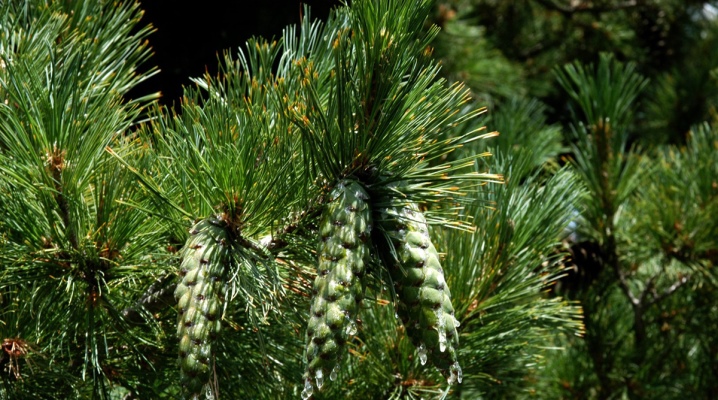
The Balkan pine, also called the Rumelian pine, was first discovered by the German botanist and author of numerous works on the geography and systematization of plants, August Grisebach. An evergreen tree of this species is distinguished by its high height, slender beautiful crown of a pyramidal shape. It is often used in landscaping parks, squares and private gardens.
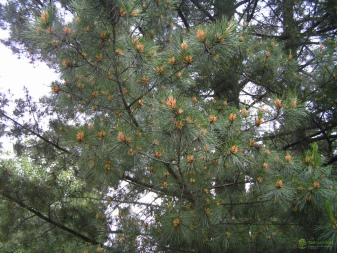
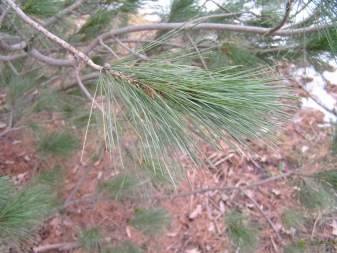
Description
The Rumelian pine grows in the mountainous region of the Balkan Peninsula.
At home, you can grow a tree up to 20-25 m high, since it grows up to 30 cm in height a year.

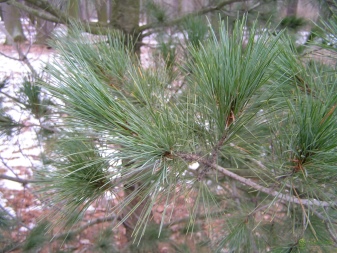
Under natural conditions, it reaches 40 m and lives for about 200 years. Rumelian pine has external features.
- The tree has a dense, dense crown in the form of a pin in young plants, an umbrella shape is characteristic of adult pines.
- The lower branches start almost near the ground at the very bottom of the trunk. As a rule, these are thick, exposed branches, arranged horizontally. In the upper part of the pyramidal crown, shoots grow upward. The branches in the middle of the trunk start growing horizontally, but later also tend to grow vertically.
- Young pines have brown or gray-brown smooth bark, in contrast to the reddish lamellar, tubercular bark of older trees.
- The needles are tough, grayish-green, 3-sided, pointed at the ends, growing in bunches.
- The plant grows 10-15 cm in width annually.
- The tree can bloom as early as 10 years or 2 years later. The flowers of the plant are pointy-nosed egg-shaped buds.
- The cones with short cuttings are 8–18 cm long and 4 cm wide. They mature 18 months after pollination and are brown in color. Grow in 1-4 pieces. The size of the seeds is 5–7 cm.
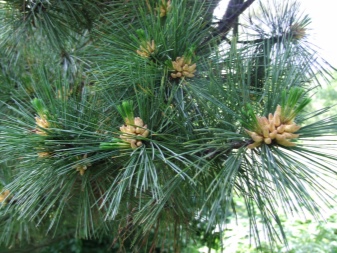

Sometimes the plant, as it grows, can take the form of a column. It is known that in their natural environment there are multi-stemmed pines, which can be perceived as a shrub, only too large.
The thing is that the seeds of the Balkan pine take root well, they have an incredibly high germination rate: 70–90%.
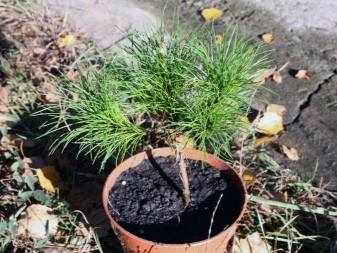
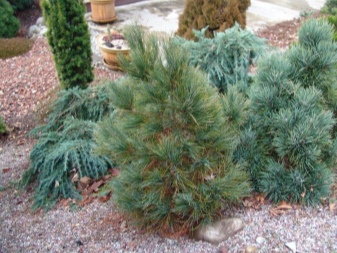
Correct fit
Coniferous culture is unpretentious, drought-resistant and tolerates a small shade well. The tree is adapted to the conditions of the city, is considered a park ornamental plant and is grown for landscaping in many countries. The main purpose is single and group landings. In central Russia, the plant feels quite comfortable, is not afraid of low temperatures, with the exception of winter periods with severe frosts.
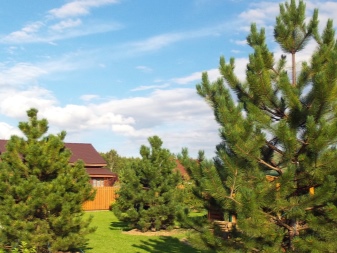
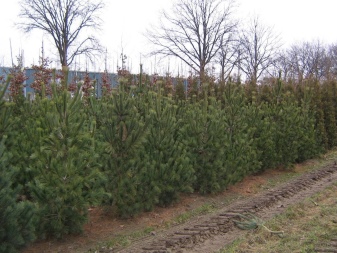
Macedonian pine grows on any soil, including stony ones. But for her it is better to choose a sunny place in areas with moderately fertile soil, well-drained, with a low alkali content and high acidity.
For planting, seedlings with an earthen clod are purchased directly in containers. On the territory of a country house, it is better to plant one tree or several seedlings in different places so that they do not shade each other. If you need to plant 2 trees next to each other, a distance of 4 m is kept between them. Adult plants can be planted in a permanent place all autumn and winter, and container pines are planted in spring. Agrarian work is carried out in a certain order.
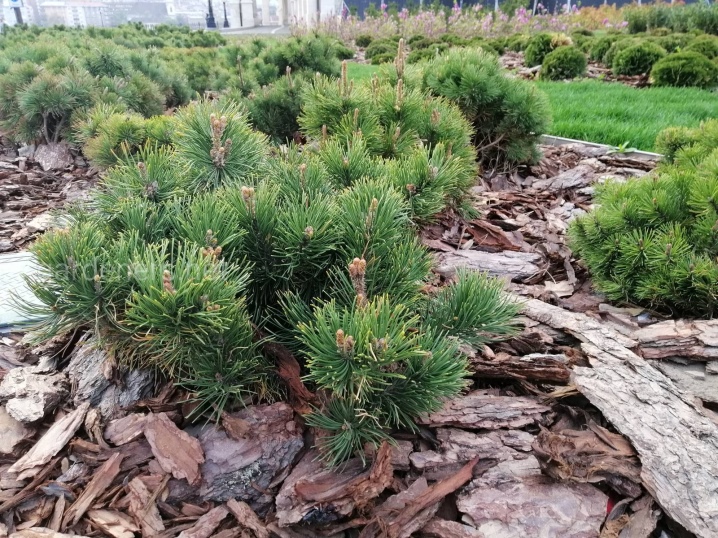
- The substrate for the seedling is prepared in advance: sod soil, sand and a little gravel are added to the black soil.If there is a need to optimize the composition, you can mix lime and clay into the soil.
- The planting pit has a depth of about 1 meter, in width it should be 1.5 times the size of the earthen coma.
- A drainage layer of crushed stone and gravel with a thickness of 20 cm is laid at the bottom of the ditch.
- It is necessary to add a little organic matter, compost and fertilizer - "Superphosphate" (150 g) to the soil.
- A soil mixture is placed on top of 2/3 of the volume of the hole and watered abundantly with water.
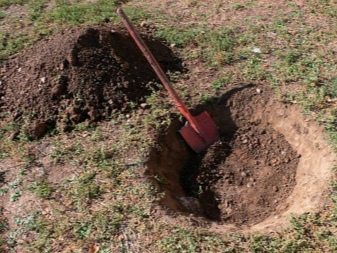
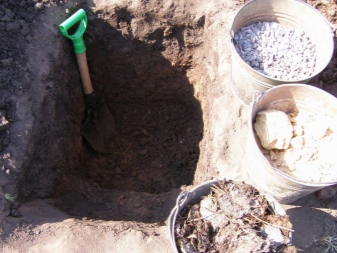
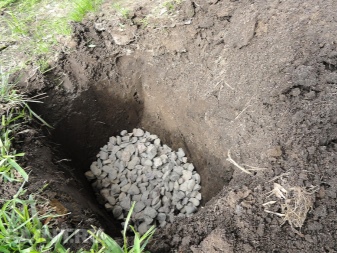

After 2 weeks, you can plant a seedling:
- before planting, part of the earth is taken out of the pit;
- the pine is lowered into it in the center, straightening the roots and making sure that the root collar of the plant is in line with the surface of the soil;
- after that, holding the seedling, carefully pour in the soil, and, slightly tamping it, make a side;
- watering the trunk circle, you must wait until the water is absorbed;
- after that, the ground is covered with mulch with a layer of 5 cm or more.
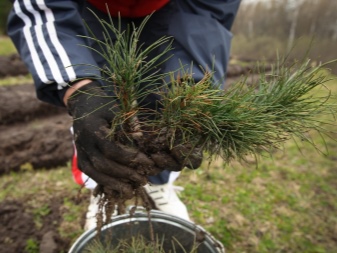

Other plants are reluctant to grow next to the Balkan pine, but berry bushes such as gooseberries and currants can be planted near it - they will definitely take root.
Care
Many consider the plant to be unpretentious in maintenance, however, all agricultural processes associated with caring for the Rumelian pine must take place in a timely manner. Crop care includes several important points.

Watering
It is especially important for planted plants and must be regular to prevent the soil from drying out, otherwise the root system will form slowly, which means that the plant will not grow as fast as it would like.
The tree, unlike other conifers, is moisture-loving, so it will need to be watered in the future, but not so often.
Adult pines are irrigated once a month in the spring when there is no rain, and in hot weather - 2 times every 30 days. Even in autumn, one should not forget about moistening the soil of the trunk circle.

Mulching
For young, recently planted plants, mulch is constantly poured into the soil space under them. This is necessary to protect the pine tree from insect pests. Such work is carried out on the eve of winter, since, despite the winter hardiness, young pines are exposed to the negative effects of the sun and cold.
Spruce twigs are usually used as mulch, but dark agrofibre or burlap is also suitable.
Other materials - nut shells, granite and marble chips, sawdust, wood chips, any wood waste. But first of all, it is pine bark, preventively treated against any diseases and harmful insects. All these types of mulch will protect young pine and at the same time look natural and organic on the territory of a private house.
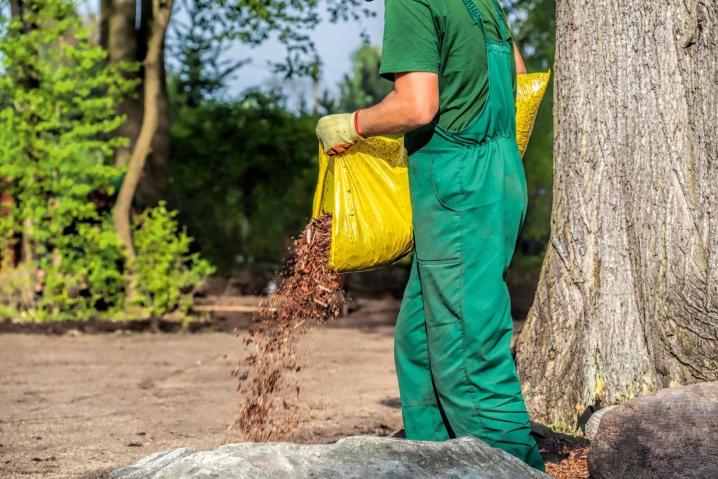
Loosening
This is a mandatory action for seedlings, which takes place within a year after the young plants are planted, and also captures half of the next season. After the roots are completely formed, you can only do with mulching.
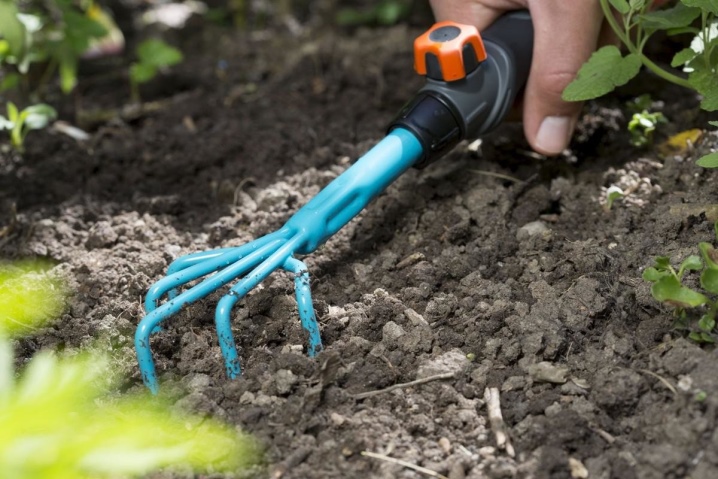
Fertilization
This is an important point in the cultivation of an evergreen tree. Top dressing is necessary for the pine to have a beautiful and dense crown. In spring, complex mineral compositions are used for conifers containing a high concentration of nitrogen.

The soil is loosened, add 150-200 g of humus per 1 sq. m and nitrogen in the amount of 40 g, followed by watering.
In October, the tree needs fertilization with products that include potassium and phosphorus. Such preparations as "Zircon" and "Epin" are necessary if the soil is poor in composition for planting: they help stimulate the growth and development of the plant, support and restore the vitality of weakened pines.
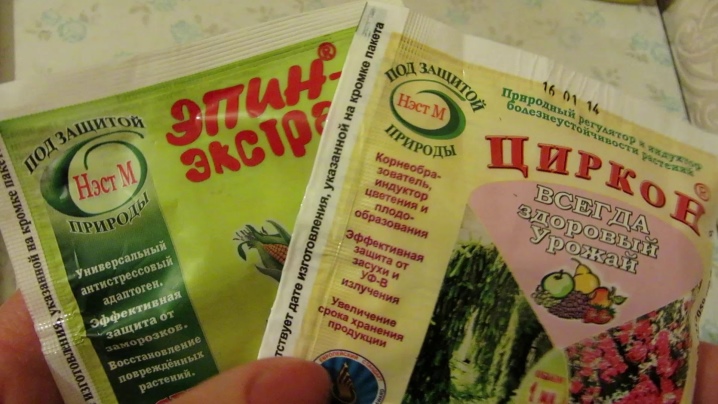
Crown pruning
Procedure provides for 2 types of work.
- The necessary elimination of diseased, dry and damaged branches, which is carried out during the period from spring to late autumn.
- Creation of a more attractive and dense pyramidal crown, for which pruning is carried out one year after planting.You can remove only 1/3 part or half of the growth so that there are enough needles for the rest.
It is recommended to pinch young shoots in the spring after the cessation of increased growth, when the needles have not yet fallen off the branches.
There is no need for disinfection - no need to cover the cut areas, as the tree will cure itself on its own, releasing resinous substances.

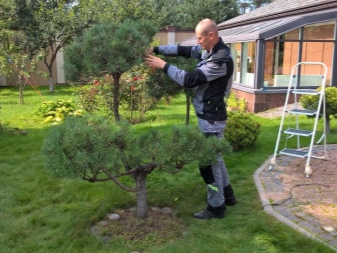
Preventive treatment against diseases and pests
Balkan pine rarely gets sick, but it is better to protect it from unexpected diseases and parasites.
For prevention purposes, the tree can be treated with any product containing copper.
And also we must not forget about the removal of the affected branches. Fallen needles must be removed in a timely manner. In relation to insects, you can act using special biological preparations that will not harm the pine tree, but scare away pests.

How to reproduce?
The plant is not cuttings, it can only be propagated by seeds, but, unfortunately, only a small percentage of seedlings can inherit the genome of a real Macedonian pine. Since the seeds of the plant have amazing vitality, in any case, you can grow a beautiful tree, but it is not a fact that this will be the desired species.
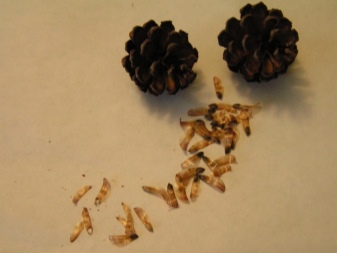
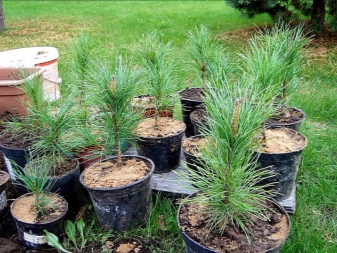
A similar method is available to every gardener, and sowing is carried out quite simply, of course, without bypassing stratification - hardening future seedlings.
The procedure is carried out for 3 months, during which the seeds are kept in conditions of artificial cold at temperatures ranging from -2 to -7 °.
The Balkan pine is not only beautiful, but also useful, as it cleans the air space around it. For those who take care of her, she gives shade, freshness, coolness on a hot day and healing esters of her resin, protecting from diseases.

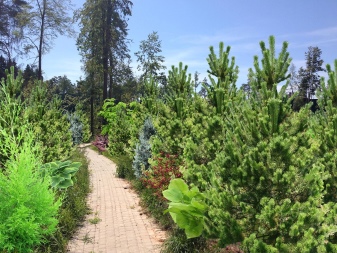
For the Rumelian pine, see below.



































































The comment was sent successfully.